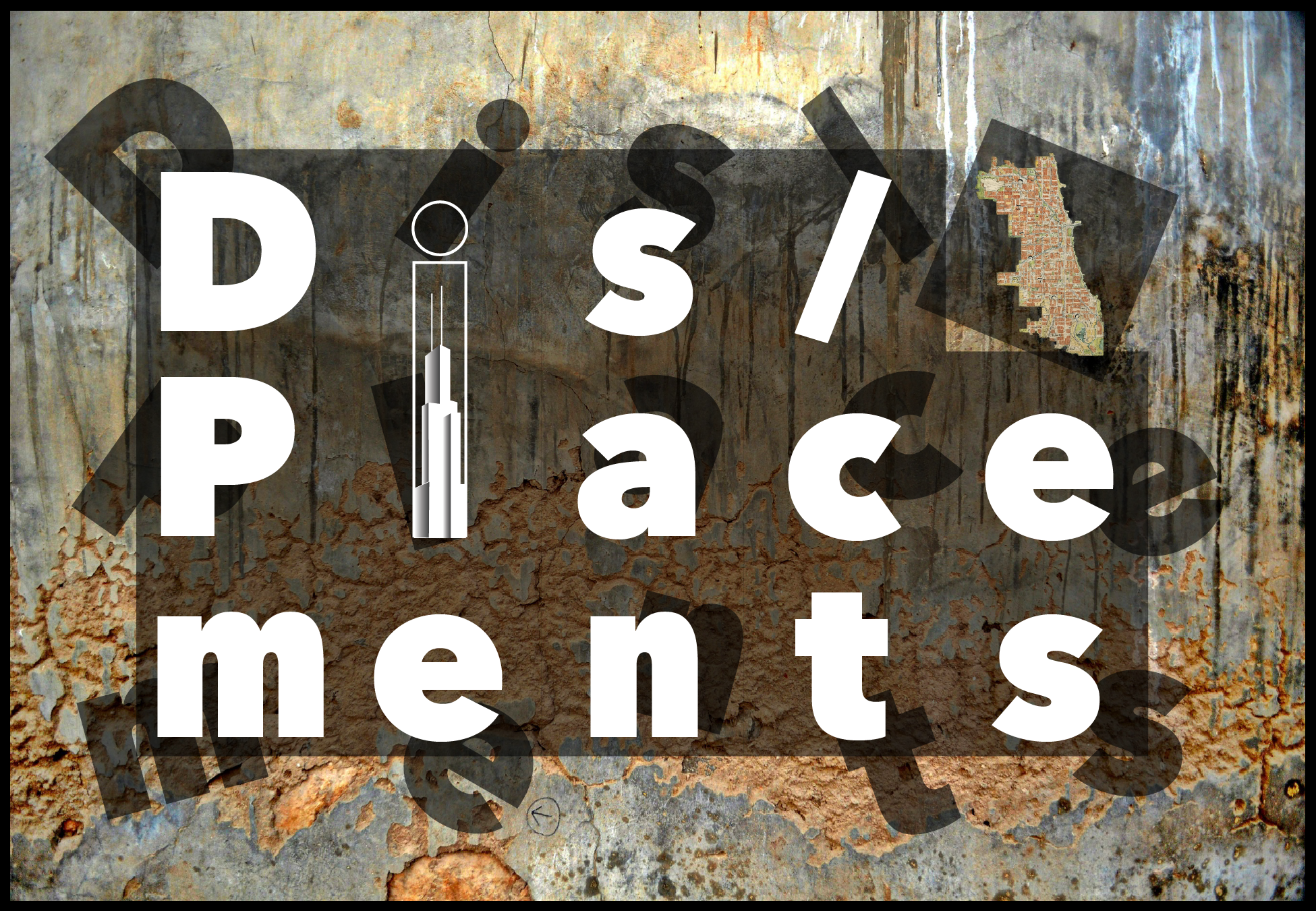About Us
A People’s History of Uptown
About Us
Dis/Placements is a collaborative public history digital project. It brings together scholars, students, and community members to trace a People’s History of Uptown, a northside neighborhood of Chicago intentionally shaped by multiple forms of displacement and urban renewal, as well as active resistance to such processes. Drawing on a range of sources and platforms - academic scholarship, public and community archives, oral history narratives, students-produced artwork, zines, and digital stories, three-dimensional timelines, virtual walking tours, storymaps, photographs - the Dis/Placements project documents, curates, and visualizes the histories and texture of resilient lives, multiracial poor people’s movements, and as its moniker indicates, displacements as well as intentional place-making on the part of the people of Uptown. We welcome you to this project and to exploring these struggles and celebrations with us!
What began as an exploration of Asian migrations to Chicago ended up becoming a deeper excavation of one neighborhood - Uptown - and its stories of resistance. We trace this history of the project itself as we embark on this journey.
Using a range of digital mediums and platforms from virtual walking tours to GIS storymaps, interactive timelines to podcasts and video games - Dis/Placements visualizes less-mapped spaces and tells less-told stories of Uptown for a broad public.
We are scholars, students, and community members who collaboratively trace the texture and tenor of people’s movements and struggles over land, housing, and community in a neighborhood intentionally targeted for urban “renewal.”







